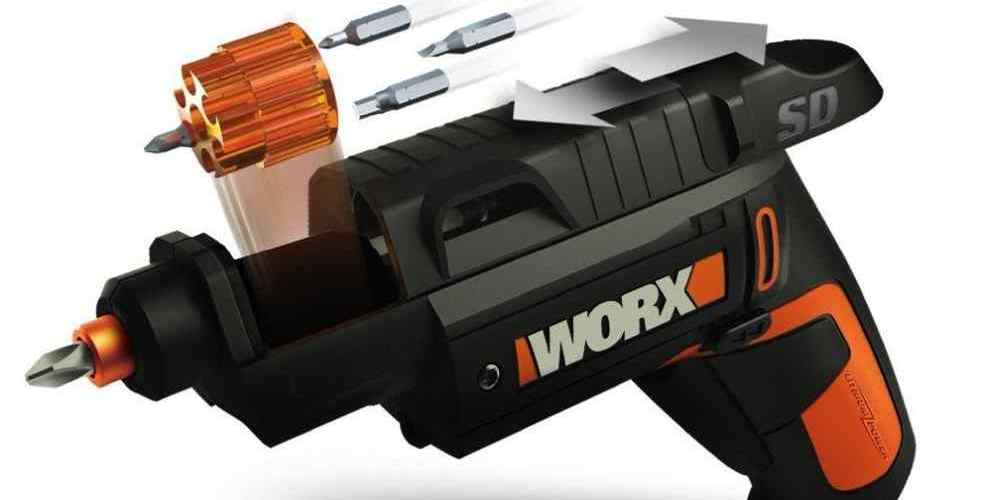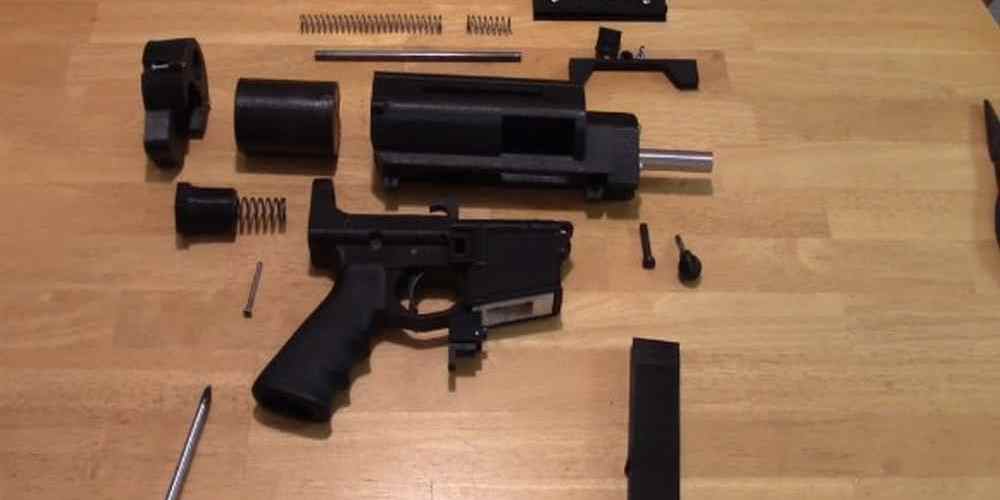“Bringing brilliance to every surface.”
Benefits of Metal Polishing for Aesthetic Appeal
Metal polishing is a process that involves the removal of imperfections on the surface of metal objects to enhance their appearance and functionality. This technique has been used for centuries to create shiny and smooth surfaces on various metal items, such as jewelry, cutlery, and automotive parts. In addition to improving the aesthetic appeal of metal objects, metal polishing also offers several functional benefits that make it an essential process in many industries.
One of the primary benefits of metal polishing is its ability to enhance the visual appeal of metal objects. By removing scratches, dents, and other imperfections from the surface of metal items, polishing can give them a shiny and reflective finish that is both attractive and eye-catching. This can be particularly important for items that are used in public spaces or for decorative purposes, as a polished surface can help to create a sense of luxury and sophistication.
In addition to its aesthetic benefits, metal polishing also offers several functional advantages. For example, a polished surface is easier to clean and maintain than a rough or tarnished one, as dirt and grime are less likely to adhere to a smooth surface. This can be particularly important for items that are used in industrial or commercial settings, where cleanliness and hygiene are essential.
Furthermore, metal polishing can also improve the durability and longevity of metal objects. By removing surface imperfections that can weaken the metal, polishing can help to prevent corrosion, rust, and other forms of damage that can reduce the lifespan of metal items. This can be particularly important for items that are exposed to harsh environmental conditions or frequent use, as a polished surface can help to protect them from wear and tear.
Overall, metal polishing offers a wide range of benefits for both aesthetic appeal and functionality. Whether you are looking to enhance the visual appeal of a piece of jewelry or improve the durability of a metal component in a machine, metal polishing can help you achieve your goals. With its ability to create shiny and smooth surfaces that are both attractive and functional, metal polishing is an essential process in many industries and applications.
In conclusion, metal polishing is a versatile and effective technique that offers numerous benefits for both aesthetic appeal and functionality. Whether you are looking to enhance the visual appeal of a metal object or improve its durability and longevity, metal polishing can help you achieve your goals. With its ability to create shiny and smooth surfaces that are both attractive and functional, metal polishing is a valuable process that is essential in many industries and applications. So, if you want to perfect the polish of your metal objects, consider investing in metal polishing services today.
Techniques for Achieving a Mirror-like Finish
Metal polishing is a crucial step in the manufacturing process that not only enhances the aesthetic appeal of the final product but also improves its functionality. Achieving a mirror-like finish on metal surfaces requires precision, patience, and the right techniques. In this article, we will explore some of the best practices for perfecting the polish on metal surfaces.
One of the key factors in achieving a mirror-like finish is selecting the right polishing compound. There are various types of polishing compounds available, each designed for specific metals and finishes. It is essential to choose a compound that is compatible with the metal you are working with and the desired finish. For example, a compound designed for stainless steel may not be suitable for aluminum.

Once you have selected the appropriate polishing compound, the next step is to prepare the metal surface for polishing. This involves cleaning the surface thoroughly to remove any dirt, grease, or other contaminants that may interfere with the polishing process. It is also important to ensure that the surface is free of any scratches or imperfections before starting the polishing process.
When it comes to actually polishing the metal surface, there are several techniques that can be used to achieve a mirror-like finish. One of the most common methods is hand polishing, which involves using a polishing cloth or pad to apply the polishing compound to the metal surface in a circular motion. This technique is effective for small or intricate surfaces but may be time-consuming for larger areas.
Another popular technique for achieving a mirror-like finish is machine polishing. This method involves using a polishing machine equipped with a buffing wheel or pad to apply the polishing compound to the metal surface. Machine polishing is faster and more efficient than hand polishing, making it ideal for larger surfaces or production environments.
Regardless of the polishing technique you choose, it is important to apply even pressure and consistent motion to ensure a uniform finish. It is also essential to regularly inspect the surface during the polishing process to check for any imperfections or inconsistencies that may need to be addressed.
In addition to selecting the right polishing compound and technique, it is also important to consider the finishing touches that can further enhance the appearance of the metal surface. This may include using a finishing compound or wax to add a protective layer and improve the shine of the surface.
In conclusion, achieving a mirror-like finish on metal surfaces requires a combination of the right techniques, tools, and materials. By following the best practices outlined in this article, you can ensure that your metal surfaces are not only aesthetically pleasing but also functional and durable. So, next time you are polishing metal, remember to take your time, be patient, and pay attention to the details – the results will be well worth the effort.
Choosing the Right Polishing Tools and Materials
When it comes to metal polishing, choosing the right tools and materials is essential to achieving a perfect finish. Whether you are working on a small DIY project or a large industrial application, selecting the appropriate equipment can make all the difference in the final result. In this article, we will discuss some key factors to consider when choosing polishing tools and materials to ensure both aesthetic appeal and functional durability.
One of the first things to consider when selecting polishing tools is the type of metal you are working with. Different metals require different polishing techniques and materials. For example, stainless steel may require a different type of abrasive than aluminum or brass. It is important to research the specific requirements of the metal you are working with to ensure that you are using the most effective tools and materials for the job.
In addition to considering the type of metal, it is also important to think about the size and shape of the surface you are polishing. For larger surfaces, a rotary polisher may be more efficient, while smaller, intricate areas may require hand polishing tools. It is important to choose tools that are appropriate for the size and shape of the surface to ensure a uniform finish.
Another important factor to consider when choosing polishing tools is the level of abrasiveness. Different polishing compounds and abrasives are available in varying levels of grit, from coarse to fine. The level of abrasiveness you choose will depend on the condition of the metal surface and the desired finish. For heavily oxidized or scratched surfaces, a more abrasive compound may be necessary, while a finer abrasive may be sufficient for maintaining a polished surface.
When selecting polishing materials, it is important to consider the compatibility of the compounds and abrasives with the metal you are working with. Some metals may be more sensitive to certain chemicals or abrasives, so it is important to choose materials that are safe and effective for the specific metal you are polishing. Additionally, it is important to consider the environmental impact of the materials you are using and choose products that are eco-friendly and non-toxic.
In addition to choosing the right tools and materials, it is also important to consider the safety precautions when polishing metal. Some polishing compounds and abrasives can be hazardous if not used properly, so it is important to wear protective gear such as gloves, goggles, and a mask when working with these materials. It is also important to work in a well-ventilated area to avoid inhaling fumes or dust from the polishing process.
In conclusion, choosing the right tools and materials is essential to achieving a perfect metal polish. By considering factors such as the type of metal, size and shape of the surface, level of abrasiveness, compatibility of materials, and safety precautions, you can ensure a flawless finish that is both aesthetically pleasing and functionally durable. With the right tools and materials, you can achieve professional results in your metal polishing projects.
Maintenance Tips to Keep Metal Surfaces Looking Polished
Metal surfaces can add a touch of elegance and sophistication to any space, whether it be in a home, office, or industrial setting. However, over time, metal surfaces can become dull, tarnished, or corroded, detracting from their aesthetic appeal. This is where metal polishing comes in. Metal polishing is a process that involves removing imperfections from the surface of metal objects to restore their shine and luster. Not only does metal polishing enhance the appearance of metal surfaces, but it also helps to protect them from corrosion and wear, extending their lifespan.
There are several methods of metal polishing, each suited to different types of metal and desired finishes. One of the most common methods is mechanical polishing, which involves using abrasive materials such as sandpaper, polishing wheels, or buffing compounds to remove surface imperfections and create a smooth, shiny finish. Chemical polishing is another method that involves using chemical solutions to dissolve surface imperfections and create a polished surface. Electrolytic polishing is a more advanced method that uses an electric current to remove surface imperfections and create a mirror-like finish.
Regardless of the method used, proper preparation is key to achieving a perfect polish. Before polishing, it is important to clean the metal surface thoroughly to remove any dirt, grease, or other contaminants that could interfere with the polishing process. This can be done using a mild detergent or solvent and a soft cloth or brush. Once the surface is clean, it is important to dry it thoroughly to prevent water spots or streaks from forming during the polishing process.
When polishing metal surfaces, it is important to use the right tools and techniques to achieve the desired results. For small, intricate surfaces, such as jewelry or silverware, a soft cloth or polishing pad can be used to gently buff the surface to a shine. For larger surfaces, such as car parts or industrial equipment, a polishing wheel or buffing machine may be necessary to achieve a uniform finish. It is important to use the right type of abrasive material for the metal being polished to avoid scratching or damaging the surface.
In addition to aesthetic considerations, metal polishing also has functional benefits. By removing surface imperfections and creating a smooth, shiny finish, metal polishing helps to protect metal surfaces from corrosion, wear, and other forms of damage. This can help to extend the lifespan of metal objects and reduce the need for costly repairs or replacements. In industrial settings, metal polishing can also improve the performance of metal components by reducing friction and wear, leading to increased efficiency and productivity.
To maintain the polished appearance of metal surfaces, it is important to regularly clean and polish them to remove dirt, grease, and other contaminants that can dull their shine. This can be done using a mild detergent or solvent and a soft cloth or brush. For more stubborn stains or tarnish, a metal polish or buffing compound can be used to restore the shine and luster of the metal surface. By following these maintenance tips and keeping metal surfaces clean and polished, you can ensure that they continue to look their best for years to come.
Creative Ways to Incorporate Polished Metal into Your Home Decor
Metal polishing is a crucial process that not only enhances the aesthetic appeal of metal surfaces but also improves their functionality. Whether you are looking to add a touch of elegance to your home decor or simply want to protect your metal items from corrosion and wear, metal polishing is the way to go. In this article, we will explore the various benefits of metal polishing and provide creative ways to incorporate polished metal into your home decor.
One of the primary benefits of metal polishing is its ability to enhance the visual appeal of metal surfaces. Polished metal has a reflective surface that can create a sense of luxury and sophistication in any space. Whether you choose to polish your metal furniture, fixtures, or accessories, you can instantly elevate the look of your home decor. Additionally, polished metal surfaces are easier to clean and maintain, making them a practical choice for busy households.
In addition to its aesthetic benefits, metal polishing also improves the functionality of metal items. Polished metal surfaces are more resistant to corrosion, tarnishing, and wear, ensuring that your metal items will last longer and maintain their beauty over time. By investing in metal polishing, you can protect your metal items from environmental factors and everyday wear and tear, ensuring that they remain in pristine condition for years to come.
Now that we have explored the benefits of metal polishing, let’s discuss some creative ways to incorporate polished metal into your home decor. One popular way to incorporate polished metal into your home decor is by using it as an accent material. Whether you choose to add a polished metal lamp, mirror frame, or vase to your space, these small touches can make a big impact on the overall look and feel of your home.
Another creative way to incorporate polished metal into your home decor is by using it as a focal point in a room. Consider adding a polished metal coffee table, dining table, or bar cart to your space to create a stunning centerpiece that will draw the eye and add a touch of glamour to your home. You can also use polished metal as a backsplash in your kitchen or bathroom to create a sleek and modern look that will instantly elevate the style of your space.
If you are feeling adventurous, you can even experiment with mixing different types of metals in your home decor. Combining polished brass, copper, and stainless steel can create a dynamic and visually interesting look that will add depth and dimension to your space. Whether you choose to mix metals in your lighting fixtures, furniture, or accessories, this trend is sure to make a statement in your home.
In conclusion, metal polishing is a versatile process that offers both aesthetic and functional benefits. By incorporating polished metal into your home decor, you can create a stylish and sophisticated space that reflects your personal style and taste. Whether you choose to use polished metal as an accent material, a focal point, or a mix of different metals, the possibilities are endless. So why wait? Start perfecting the polish in your home today!








